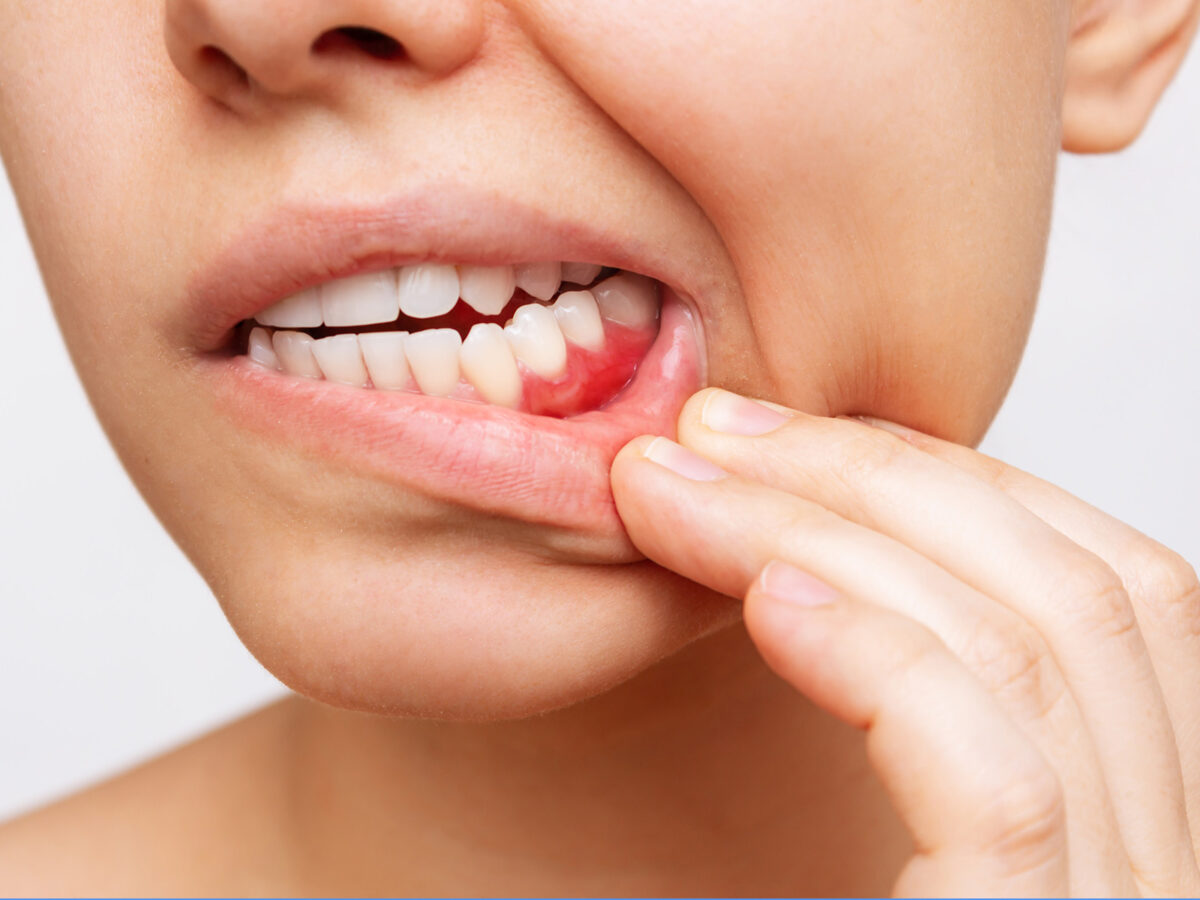Blog
Dental hygiene tips for healthy teeth & gums

What Causes Dental Cysts on Gums?
Oral cysts on the gums are abnormal sacs or pockets that can form in the mouth, typically filled with fluid or soft tissue. These cysts are painful and can lead to swelling and even damage the teeth and gums around them.
The early discovery, diagnosis, and treatment of dental cysts on gums depend on a thorough understanding of their etiology. This article will examine the causes of dental cysts on the gums and the remedies available to deal with them.
Common Causes of Cysts on Gums
Infection of the teeth or gums is a common reason for dental cysts. If left untreated, an infection from cavities, gum disease, or a dental abscess can spread to neighboring tissues and cause a cyst to form. These cysts, which can cause pain and swelling as they expand, are called periapical or radicular cysts and typically begin at the root tip of a tooth.
- Oral tissue abnormalities during embryonic development or later in life can lead to the formation of developmental cysts. Odontogenic keratocyst and dentigerous cysts are two examples of developing cysts that can manifest in the gums. Dentigerous cysts form around the crown of an unerupted tooth and can displace neighboring teeth, while odontogenic keratocyst grows in the jawbone and may harm the surrounding gum tissue.
- Cysts on the gums can arise due to trauma or injury to the oral cavity. Accidents, dental operations, or ill-fitting dental appliances like dentures can all cause damage to the gums, which can then respond by forming cysts. Traumatic bone cysts, often called post-traumatic cysts, can develop on the gums or the jawbone after an injury.
- Incomplete tooth extractions might leave a piece of the tooth’s root or surrounding tissue in the jawbone, causing a cyst to form. A cyst can develop over time on the gums close to the extraction site, encasing the remaining tissue. Complete healing and preventing persistent cysts following tooth extraction necessitates routine dental follow-up care.
- Factors of a genetic nature may also contribute to the onset of dental cysts on the gums. Cyst formation is more likely in those with conditions like dentinogenesis imperfecta and basal cell nevus syndrome. People who know they are at risk because of a hereditary predisposition should take extra care of their teeth and gums and see the dentist frequently.
Do Cysts on the Gums Heal on Their Own?
Cysts on the gums might disappear if you keep up with your regular oral hygiene practice. A cyst can occur due to poor oral hygiene, such as when camping, at a music festival, or otherwise. Most cysts can be prevented from worsening by returning to regular hygiene practices, and the condition is usually straightforward to control, even without medical intervention.
Keep the following in mind to increase the likelihood that the cyst will resolve on its own:
- To avoid making the cyst worse, avoid touching it with anything, including a brush, food, or anything else. Try not to brush too vigorously or scrub too vigorously at the area where the cyst is located.
- Keep your tongue away from the cysts, as tempting as it may be to lick or “tongue” at a painful cyst. However, this might aggravate the cyst and lead to its rupture in the mouth, which is quite sad.
- Cysts on the gum tissue can be challenging to identify since they are small and might come and go without being noticed. Cysts are comparable to spots, pimples, and boils.
Conclusion
Dental infections, developmental abnormalities, trauma or injury, leftover tissue following a tooth extraction, and genetic predispositions are some potential causes of dental gum cysts. Early detection and treatment are essential for maintaining good dental health and avoiding complications.
Dental cysts can be avoided by maintaining proper oral hygiene, seeing the dentist regularly, and seeking treatment for any signs of infection or trauma right once. See a dentist for an evaluation and treatment if you have any unusual swelling, pain, or changes in your gum tissue. Dental cysts on the gums can be avoided, and a healthy, functional smile can be maintained if the underlying causes are identified and addressed.
